
Btrax Design Company > Freshtrax > The Japanese Wa...
The Japanese Way of Marketing Products People Love
When you think of great marketing campaigns you probably think of U.S. companies like Old Spice, Dollar Shave Club, or potentially one of the companies that advertises during large sporting events like the Superbowl. Let’s dive into what makes for great Marketing content with a focus on how some Japanese companies are doing it right.
Marketing is a type of brand ownership. A basic understanding of marketing is using various methods of communication and content to connect with the consumer and get them buying your product or service.
Below are three ways marketers strengthen their brand and while we know them as common marketing practices, in Japan there is the added weight of the customer’s expectation being higher than most other countries. That makes these three keys even more important.
1. Storytelling
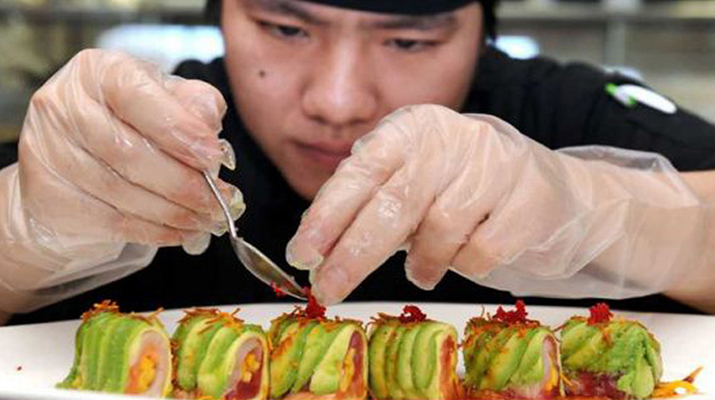 Image | Being detail-oriented is key to a product’s quality
Image | Being detail-oriented is key to a product’s quality
Authenticity and being detail-oriented are two main themes behind most storytelling methods for Japanese products and services. Being detail-oriented shows product quality through well-selected ingredients or materials and meticulous methods in creating the product.
Authenticity can be a founder’s legacy that gets passed on through the generations and is exemplified through quality products. The storytelling method usually describes the “processes” and “history”:
- Processes: It doesn’t matter if it’s on the product labels, signs in the store, or a company website, there is a meticulous story about the production process.
The website’s philosophy page on Bunmeido Sohonten, one of the premier Japanese snack companies that makes some of the best known Japanese sponge cake, Castella, show their production process and reasoning behind the selection of ingredients:
“ Our egg yolk is different from other places. We raise chickens in natural valleys with organic grass and corn to make the yolks have a fresh color and intense taste.”
“We have kept our original, traditional manufacturing method through more than 100 years of research and experiences of making the best castella.”
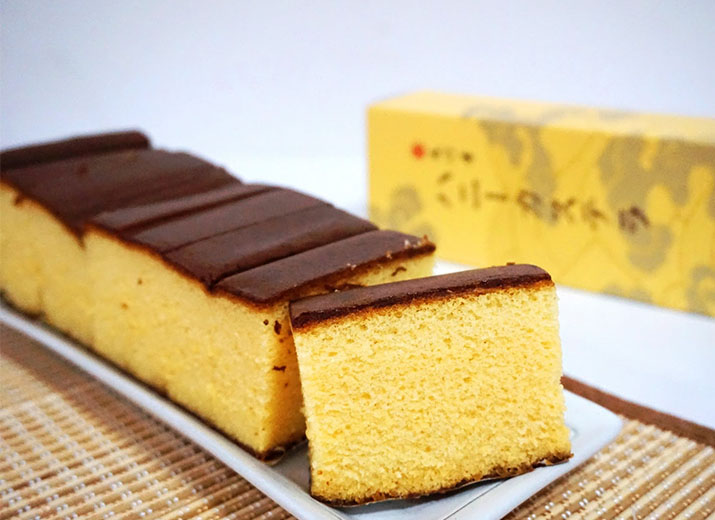 Image | Bunmeido’s famous sponge cake
Image | Bunmeido’s famous sponge cake
Inspired by the Bunmeido founder’s intention to continue making Japanese desserts that customers love, the ingredients selection and product making process is handed down from craftsman to craftsman. The ability to maintain quality throughout the years shows the product’s authenticity, which turns into continued value, drawing in and increasing the number of customers.
- Historical Storytelling: Presents the years of experience that get passed on through the products.
In a recent report, it is claimed that more than 1,000 Japanese companies celebrated their 100th anniversary of their founding in 2017. The long standing brands not only represent their expertise in a field, but also their adaptability to changing times and surroundings. Bunmeido is an example of a Japanese brand that uses historical storytelling to add value to the product:
“Bunmeido was founded during the Meiji era, with more than a century of experience, our dessert impresses all customers. We try to select quality raw materials. Since the 1900’s, we have been constantly improving the production process as well as the shop experience.”
 Image | Bunmeido’s First Shop in Nagasaki
Image | Bunmeido’s First Shop in Nagasaki
Historical storytelling is a bridge between the past and present, giving the customer a look into the past through their engagement with the product. Bunmeido gives their customers this taste of the past.
2. The Power of Design
90% of the time, humans use external appearances as their judgement. Thus, it is no surprise that companies give as much priority to design of products as they do to quality.
Otokomae Tofu or “Handsome Man Tofu” is a product example that utilizes design whether through product naming or packaging design to stand out among their long-standing competitors. Otokomae founder, Shingo ‘Johnny’ Ito, took over a bankrupt tofu factory in 2005 and revived the tofu brand that has become one of the best known national tofu brands in Japan.
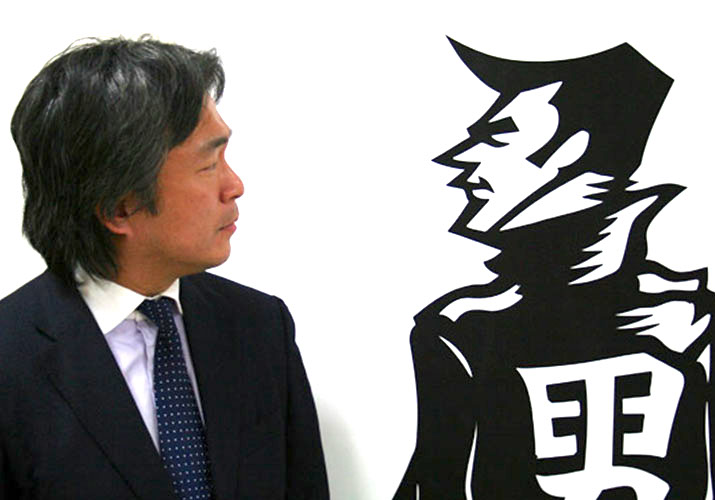 Image |Otokomae Tofu Founder, Shingo ‘Johnny’ Ito
Image |Otokomae Tofu Founder, Shingo ‘Johnny’ Ito
“When I started my tofu business in Kyoto, I knew that I couldn’t compete with “shinise” or other long-established tofu shops in Kyoto,” said Mr. Ito. Even with a market price that is three times higher than other tofu brands, Otokomae Tofu has become the talk of the town by bridging quality and product presentation.
Otokomae tofu’s most well-known product is called ‘Wind led Johnny to open a tofu shop’ or ‘Johnny’ in short. Known as the first tofu with a Western man’s name, Johnny, it stands out from the rest of the other Japanese tofu products.
In terms of marketing strategy in packaging design, Otokomae differentiates itself from other tofu brands that use the typical cube-shaped tofu package. Instead of following the norm, Otokomae ‘Johnny’ tofu is put in surfboard-shaped package. The product also has a fun barcode designed as a wave with an image of a surfer riding it.
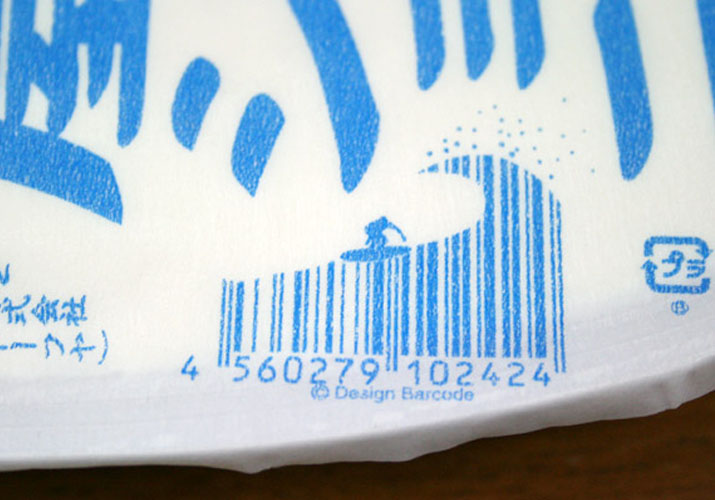 Image | Johnny Tofu Barcode Design
Image | Johnny Tofu Barcode Design
Another renowned Otokomae Tofu product package design is ‘Masahiro Tofu.’ The face on this package is that of the man who makes this tofu in the Otokomae factory. The company re-designed the package to have a handsome face printed on the lid which they believe brings smiles to their customers.
The company also pays attention to little details in design with the bottom of Masahiro Tofu package having the character, 男, meaning “man” in Japanese engraved into the package.
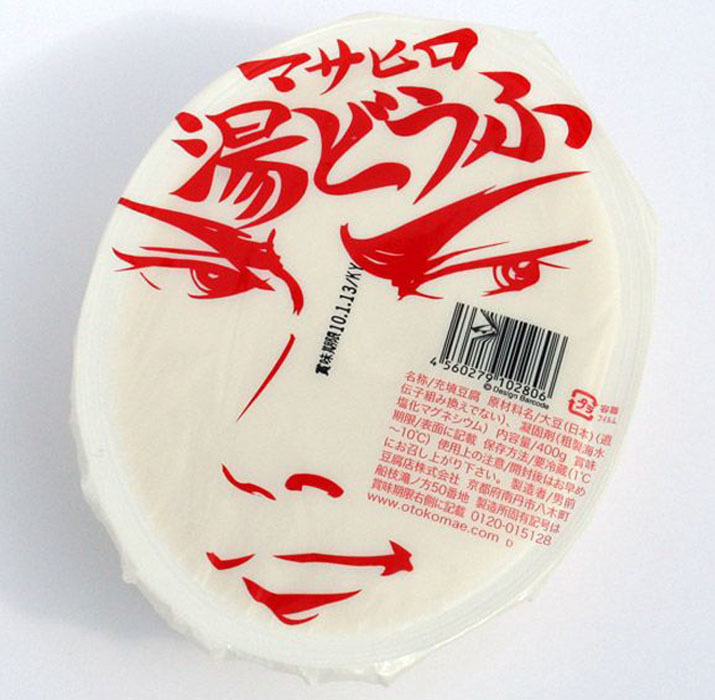 Image | Meet Masahiro san!
Image | Meet Masahiro san!
In addition to its catchy name and remarkable design, the taste is top of the line. An avid fan of Otokomae Tofu describes its taste as so good that, “I sometimes find myself sitting on the kitchen floor eating this tofu right out of the package with a spoon and no soy sauce or other flavoring.”
3. Every Detail Counts
While Japanese typically won’t have large Marketing teams, it is partially because of it is the job of everyone in the company to pay close attention to the product’s details. Traditional Japanese companies believe that the quality of their products speak louder than any commercial can. Thus, when the product is considered to be of great quality, it will market itself.
When consumers think of Japanese products, detail-oriented is one of the main labels that stands out. The Japanese word “komakai” (細かい) describes the detailed-oriented impression given to consumers from Japanese products or services. The definition of “komakai” is along the lines of “meticulous,” “detailed,” and “trivial.”
What is unique about Japanese products in particular is how Japanese companies interpret and transform the concept of “komakai” into action. As one article describes, this action of meticulous attention to detail is akin to having a “fierce dedication to quality” which helps to achieve 360 degree perfection.
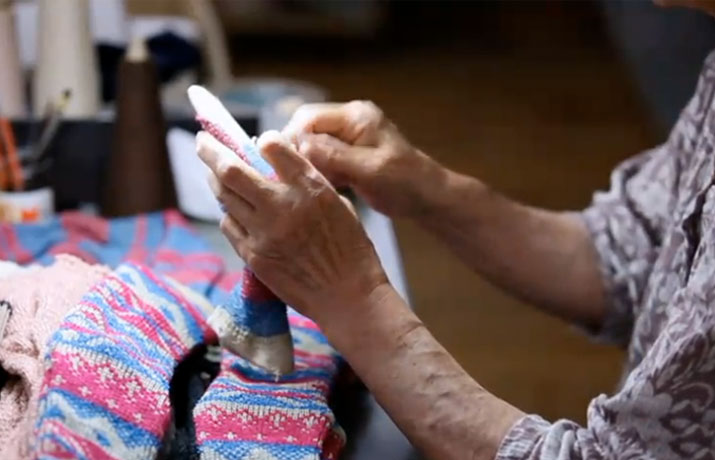 Tabio USA Instagram | Tabio’s commitment to quality
Tabio USA Instagram | Tabio’s commitment to quality
One of btrax’s current clients is Tabio, Japan’s #1 socks brand. btrax is working with the Tabio team to launch their business in the US this fall. Tabio’s emphasis on commitment to quality and caring about every detail– small or big, has helped them to rise to the top in Japan.
Tabio describes their customers’ experience of wearing their socks as having second skin. In order to craft that experience, rigorous attention to detail is Tabio’s priority.
Whether through meticulous management of manufacturing sites, inspection of each product by hand, or control of the temperature and humidity of factories, the company cares about all aspects of sock creation to ensure the consistency of Tabio socks quality.
Tabio YouTube channel | Behind the Scenes of Tabio Socks Manufacturing Process
Taking into account of the company’s efforts in producing high-quality socks, it is no surprise that Tabio products in Japan have become best-sellers without a large marketing budget. Customers buy Tabio socks because they want to experience the “Tabio difference” compared to other socks brands.
In a future freshtrax post, we will into more detail about how btrax is helping Tabio to launch in the United States. Stay Tuned!







